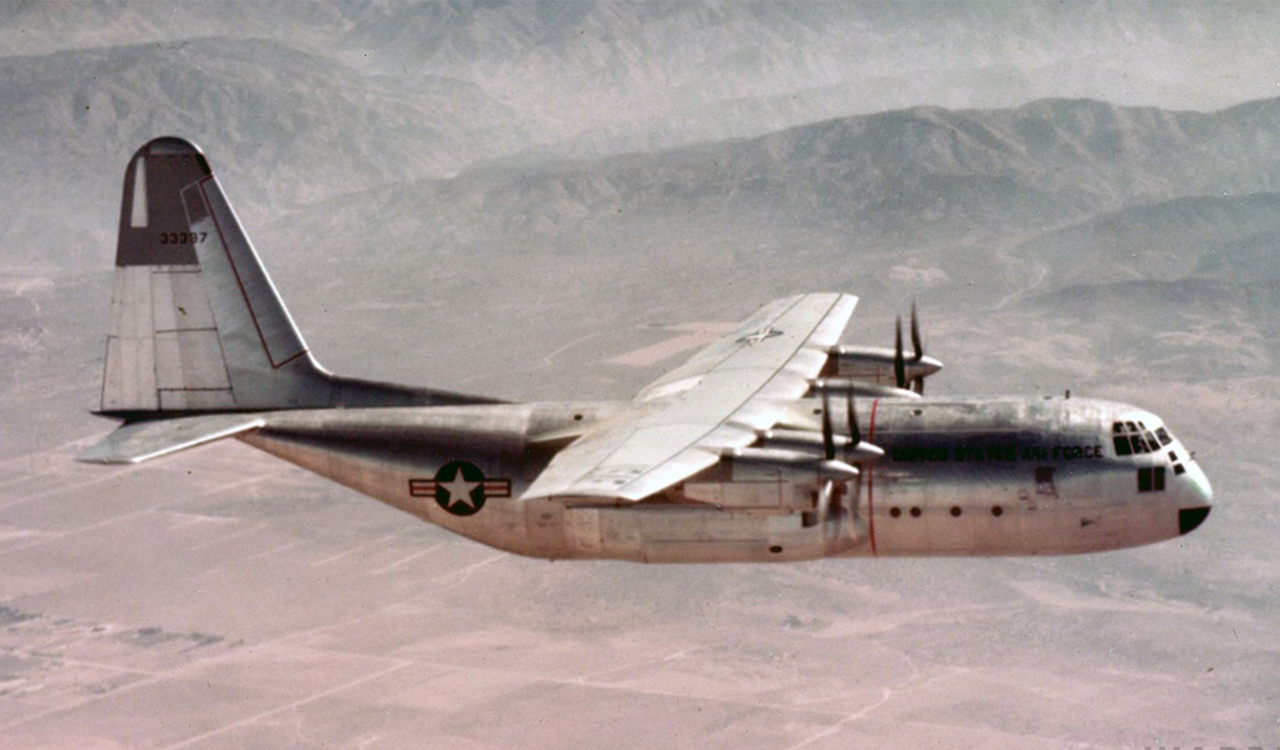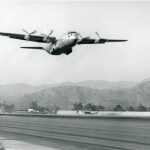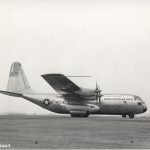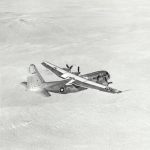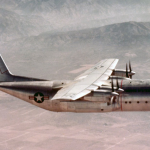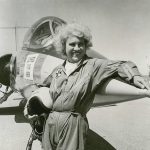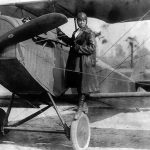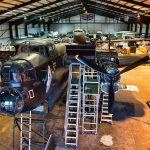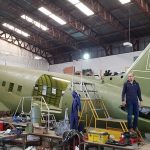Technically the C-130 Hercules is not a Warbird just yet, because it’s still operational within several of air arms across the globe. However, it’s such an iconic aircraft that every news item featuring its current flying exploits these days is worthy of mention.
In 1954, the song “Rock Around the Clock” was playing on the radio, Oprah Winfrey was born and the first issue of Sports Illustrated appeared on newsstands.
The same year, on August 23, the YC-130 Hercules made its maiden flight at the Lockheed Martin plant in Burbank, California, and the C-130 is still in production today, making it the longest-running military aircraft production line in history.
The then-Lockheed Aircraft Corporation won the competition and was contracted to produce two prototype YC-130 aircraft on July 2, 1951. The first flight of YC-130 took place on Aug. 23, 1954, at Lockheed’s Burbank, California, plant. Its four turboprop engines enabled the YC-130 to take off in only 800 feet. In addition to its tremendous lift capability, the aircraft also proved to be far more maneuverable than expected while meeting or exceeding all of the other U.S. Air Force performance requirements.
The success of the prototypes led to a production contract. As the Burbank facility was at capacity, the entire C-130 program was moved to Lockheed’s facility—then known as Lockheed-Georgia Company—in Marietta, Ga. The first production C-130A, which was nearly identical to the prototypes, was flown for the first time at Marietta, Ga., on April 7, 1955. The C-130A featured four powerful Allison T56-A-lA turboprop engines, each delivering 3,750 horsepower and driving a three-bladed Curtiss-Wright electric-reversible propeller.
An early problem developed with the propeller pitch-changing mechanism was corrected by adopting a hydraulic model. A four-bladed Hamilton-Standard propeller was adopted, which was just the first of many updates, modifications, material and equipment changes, and other improvements over six decades that keep the Hercules state-of-the-art.
The C-130 is the most modified aircraft in the Air Force with multiple variants and hundreds of configurations, according to the Air Mobility Command Historian Office. The C-130 is used for airlift, aeromedical missions, personnel and cargo airdrop, natural disaster relief missions, Antarctic resupply to the National Science Foundation, weather reconnaissance, aerial spray missions, and firefighting duties for the U.S. Forest Service. The C-130 can airlift 92 ground troops, 64 fully-equipped paratroopers, 74 litter patients, or 45,000 pounds of cargo.
Lockheed Martin has updated the design of the C-130 multiple times since 1954:
Aug. 1954: First flight of YC-130A at Burbank, Calif.
Dec. 1956: C-130A enters service (231 delivered)
Nov. 1958: C-130B enters service (230 delivered)
June 1961: C-130E enters service (491 delivered)
Feb. 1965: L-100 receives FAA approval (115 L-100s delivered, including stretch versions)
March 1965: C-130H enters service (1,202 total C-130Hs delivered)
Oct. 1968: L-100-20 enters service
Dec. 1970: L-100-30 enters service
Sept. 1980: C-130H-30 enters service
April 1996: First Flight of C-130J Super Hercules at Marietta, Ga.
June 1998: C-130J enters service (300+ delivered)
The C-130J, which is the latest version of the venerable platform, was introduced in February of 1999 and to date, 300+ were produced.
The C-130 continues to be the world’s standard for tactical airlift needs, especially in the form of the C-130J Super Hercules. The Super Hercules offers superior performance and new capabilities, with the range and flexibility for every theater of operations and evolving requirements. To date, 16 countries operate or will operate the C-130J, which has been used to set 54 world aviation records.







